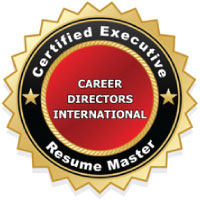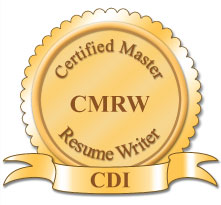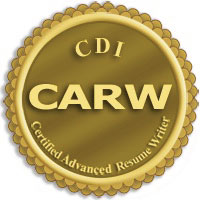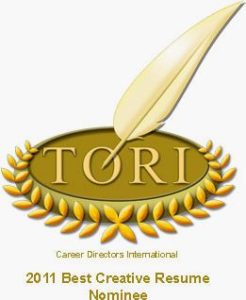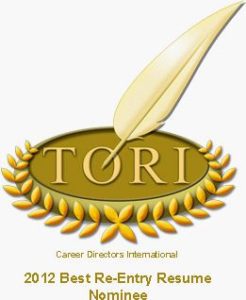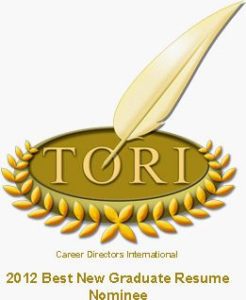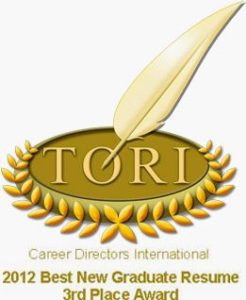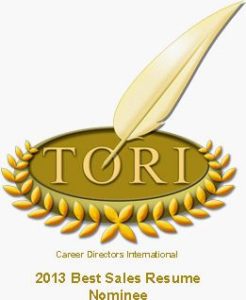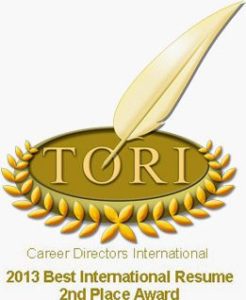You are a multi-faceted human being… and yet you only get one LinkedIn profile (or two if one of them is in a second language). Perhaps you are unsure where to focus as a professional and thus how to present yourself in your profile. The question “Who am I?” is an important one for job seekers and professionals, and it’s not always easy to answer.
You: The multi-talented
All of us are good at MANY things; but the fact is you can’t be everything to everyone—especially as a job seeker. As Martin Yates, CPC, author of the famed Knock ‘em Dead series, elaborates in Knock ‘em Dead 2012: The Ultimate Job Search Guide, “People get hired based on their credentials not their potential… Decide on the job that will be the easiest sell for you and the easiest buy for an employer.”
In the almost two years that I have been writing LinkedIn summaries for The Essay Expert, I have encountered clients who attempt to be all things to all people. They want to highlight their experience in A, B, and C industries and their accomplishments at X, Y, and Z jobs, AND promote their small business—all within the space of 2,000 characters.
Sound familiar? You may think this broad-ranging type of summary says, “I’m dynamic and versatile.” In reality, most readers interpret it as, “This person is confused, random, and indecisive.”
5 Step Plan
Here’s how to convey focus and strength in your LinkedIn summary:
Step 1: Pick one thing
The first step to finding your LinkedIn focus is to zero in on the PRIMARY job that you’re after or the PRIMARY professional pursuit you want to come across loud and clear in your profile. How do you do that? Back to Martin Yates’ words of wisdom.
“Based on the skills you possess today, what is your primary job target?”
Step 2: Find job descriptions for your target job or profession. Identify keywords.
Look up 3-5 job descriptions for your target job category. For example, if I am looking for a marketing or communication manager position, I would go to indeed.com, monster.com, or careerbuilder.com to find posted positions, such as Marketing & Communications Officer or Marketing Services Manager, that employers are actively recruiting for.
You don’t have to limit yourself to a certain geographic area for this exercise. The point is to learn what job title is most commonly used and what language employers use to describe the job’s requirements. What is the problem a person in that role must solve? What skills would an ideal candidate have? (Note: If your target job requires you to do things that you hate, go back to Step 1.)
Copy and paste the contents of the job descriptions into an electronic file or print them out. Highlight mandatory skills from the job descriptions. What keywords—the words that LinkedIn recruiters and hiring managers would search on—keep popping up? Hint: “team player” is not a keyword phrase, “alliance management” is. Learn more about keywords in Brenda Bernstein’s Baffled by choosing keywords for your LinkedIn Profile HEADLINE post.
Make a list of the most common keywords from the job descriptions. You might want to use Wordle.net to help out with this part.
Step 3: Identify your accomplishments
With your target job position in mind, create a list of your top five relevant accomplishments. Organize each accomplishment into a Situation/Action/Results format:
- Briefly DESCRIBE THE SITUATION or problem.
- List the ACTIONS YOU TOOK to amend the situation.
- Describe the RESULTS YOU ACHIEVED. Use quantifiable statistics and metrics, if possible.
Step 4: Evaluate how you match up
Compare and contrast the similarities between the job descriptions and your accomplishments. How do you match up? If you do, great! If not, it’s time to re-evaluate whether you have matching experiences or successes in the areas that are important to an employer.
Step 5: Be THAT person
Make sure everything you say about yourself on your LinkedIn profile supports your ONE target position or singular professional objective. Don’t muddy the waters by including keywords from everything that you’ve ever done in your working life. Keep it focused.
Remember if you decide today that you’re most qualified to be a genie and tomorrow you decide you’d rather be a zookeeper, you can change your LinkedIn profile accordingly. It’s a living document that reflects who you are as a professional right now.
Once you’ve updated your LinkedIn profile, start monitoring the “Who’s viewed your profile?” section on the right side of your LinkedIn home page. How many times has your profile appeared in searches over the past few days? If your hits are in the single digits, change a few keywords, reassess, and repeat until your numbers go up.
Feeling lost?
The Essay Expert is here to help you find your professional self. We have helped many a client with multiple “professional personalities” benefit from a focused, successful LinkedIn summary.
About Jill Schaefer:
Jill is a professional copywriter and freelance writer who lives in Madison, Wisconsin. She specializes in environmental communications, connecting with clients, giving LinkedIn profiles a makeover, and producing compelling copy.
View winning LinkedIn summaries Jill co-wrote for The Essay Expert’s clients:

